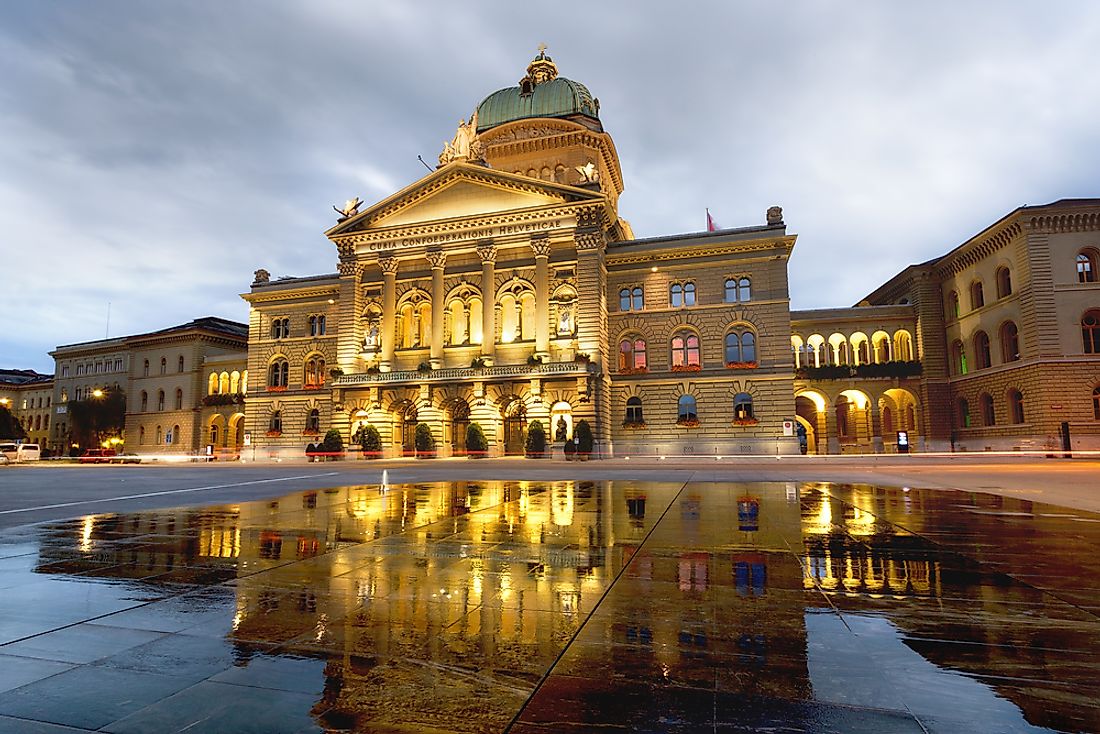Diarchies Of The Modern World: Countries With Two Rulers Or Heads Of State

A diarchy is a type of government that is characterized by co-rule in the sense that two people rule a nation together either by force, collusion, or lawfully. One of the world's oldest forms of government is co-rule. There are several historical examples of diarchies including a few Polynesian societies, Carthage's judges, Rome's consuls and the Sparta's joint kingdom. Power to rule through inheritance also led to co-rule especially in Dacian and Germanic monarchies. A few countries of the world today are ruled or headed by two individuals who are also known as co-rulers. Some of the modern examples of diarchies include Swaziland, where the king and his mother share joint sovereignty, Andorra headed by the President of France and Bishop of Urgell in Spain both serving as co-princes, and San Marino a republic governed by two Captain Regent. Below are some of the examples of modern diarchies.
Diarchy In Swaziland
Officially known as the Kingdom of Eswatini, Swaziland is an absolute monarchy and also a diarchy. In conjunction with Mother Queen locally known as Ndlovukati, the King (Ngwenyama) and his mother rule together. However, in practice, the King of Swaziland has more power than the Queen Mother. Although it is argued that giving such wholesale authority to the monarchy's royal male is not a true traditional custom but is rather viewed as neo-traditionalistic.
Diarchy In Bhutan
As from July 18, 2008, became a constitutional monarchy. Initially, the country was an absolute monarchy between 1907 and the 1950s. Bhutan is also a diarchy whose commitment to existing as a traditional dual government is affirmed in the 2008 Constitution. Power in the country is shared between the King of Bhutan locally known as Druk Gyalpo and Buddhist religious authorities headed by the Je Khenpo. However, in practice, the religious authorities in Bhutan act more as the King's advisors than co-rulers.
Diarchy In San Marino
San Marino is a parliamentary representative democratic republic and a diarchy led by two Captain Regents. The country's captain regents are elected by the Grand Council, the Marinese Parliament, and the General Council after every six months. The captain regents who are usually selected from opposing parties serve as heads of both the government and the state.
Diarchy In Andorra
Andorra has not only a multi-party system but is also a parliamentary constitutional diarchy. Rulership of the principality is shared between the two ex officio princes who are the Bishop of Urgell in Catalonia, Spain, and the French President. While the Roman Catholic pope appoints the bishop of the diocese of Urgell, the President of France is elected by universal suffrage within his or her country.
Diarchy In Northern Ireland
Northern Ireland is a diarchy whose power is shared jointly between the First Minister and the deputy First Minister both serving as heads of state in the executive. Within the Northern Ireland Assembly, both positions also exercise identical powers. The idea was a result of terms written under the Good Friday Agreement of 1998 whose primary intention was to bring political unrest in the region to an end.
How Diarchies Function?
There are several key factors that come into play especially when a country decides to adopt a particular type of government. Such factors include economic, political, or social conditions of the nation. Therefore, countries that have adopted the diarchy system as their form of government whether historically or currently decided that by doing so it would be socially, politically, and economically beneficial to the nations.











